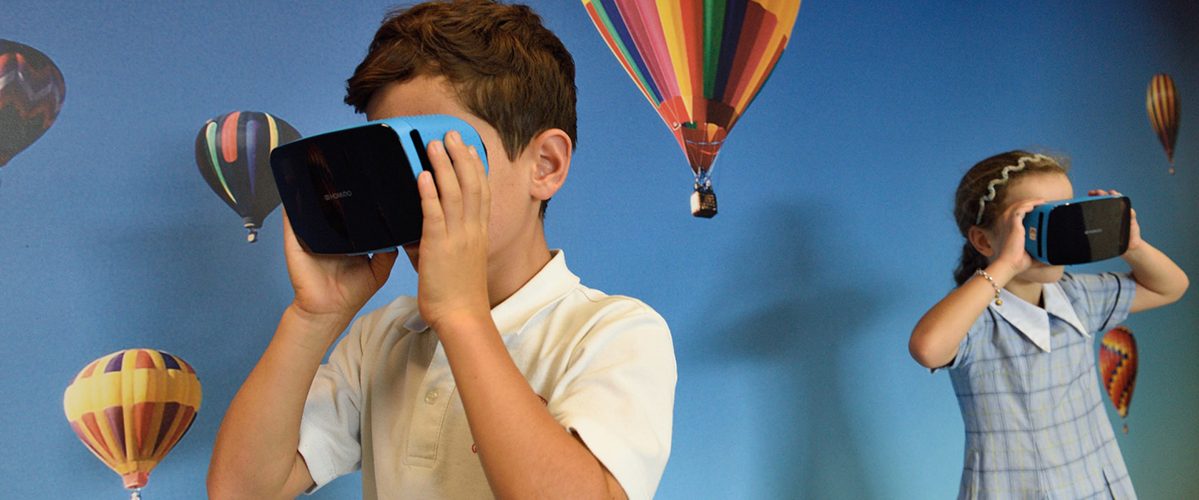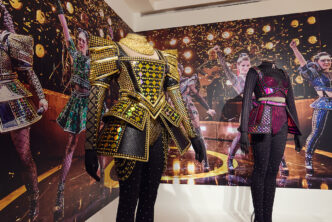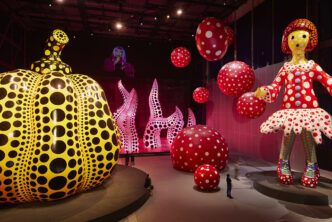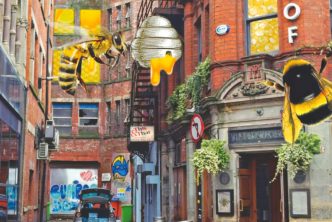Virtual reality and augmented reality are two rapidly expanding fields that are set to disrupt the future of every industry and the types of jobs available. Already architects use virtual reality to see what a design might look like in the real world, and engineers use the technology to test out their designs.
However, aside from the huge growth of the gaming industry, it’s often overlooked how VR and AR could impact the world of arts and entertainment. But the pandemic shift to online arts has brought the possibility to the fore. Here are some of the changes you can expect to see:
More Access to Performances
The pandemic has sadly forced concert venues across nationwide to close. VR and AR headsets are an alternative option for experiencing the concert atmosphere, from the comfort of your own home.
It’s expected that over the next few years the price of headsets with come down considerably, making the the virtual concert experience a lot more affordable, and long-term, much cheaper than the price of a front row ticket.
If more people buy and use headsets it is possible artists could use them to expand theor market for concerts, making shows more accessible to a wider, world-wide audience, with a more realistic feel of being at a gig than watching on TV.
Longer-term this new technology has the potential to completely change how ticket pricing works or even how venues run live events.
Non-Physical Art
We are all familiar with traditional art forms such as painting and sculpture, which exist in the physical world. Over the past few years the Manchester International Festival has commissioned artists to develop works that cross artistic boundaries, and in recent years have begun to explore immersive digital art experiences such as Laurie Anderson’s To the Moon.
Time Magazine recently explored how artists are using VR headsets with Google’s Tilt Brush to create art in a 3-D virtual space. This is not just a world where software engineers can become artists but where the technology, if made widely available, can allow anyone from a school kid to a master sculptor can try out ideas without the fear of mistakes ruining their work. After all, in the virtual world there is no end to the number of times you can roll back changes and try again.
Again, these technologies could change everything we have come to know about how art is practised and who is creates the pieces that guide how different art form develop and are viewed in the future.
Ready Player One In the Real World
If you have seen the 2018 Sci-Fi movie Ready Player One, then you may have seen a glimpse of the future entertainment industry. This movie features a world in which the younger generations prefer to be online in a virtual space, where they play games with people from all over the world.
The players all have virtual reality ‘rigs’ that allow them to run around and move in any direction, while technically staying in one space. As VR technology advances, people may begin to notice the entertainment industry evolves in a similar way to the world of the film. And with so many new career options opening up companies such as Career Karma are offering advice on how to train and get the tech skills needed for the many new and emerging roles – jobs that could eventually turn what now seems like science fiction into reality.
At Quays Life we like to think that virtual and augmented reality is never going to replace the thrill of live entertainment, but there is no denying VR and AR are powerful tools that have the potential to expand the arts and entertainment sector in directions we’d previously never have believed possible.





